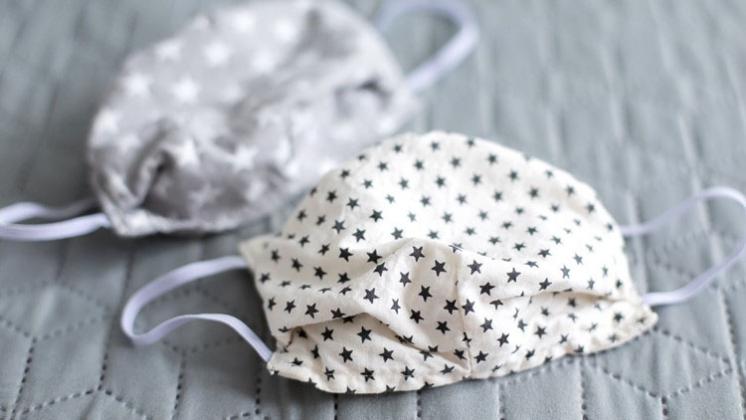Some people have determined they should wear a face covering when they are in public. Others are required to do so by employers or to gain entrance into various locations.
Cloth face coverings are a popular choice. The Centers for Disease Control says they may be commercially made, homemade or improvised such as a shirt, scarf or bandana. They fit over the nose and mouth of the wearer to contain respiratory droplets produced by a cough, sneeze, talking, shouting or singing.
But they are not considered personal protective equipment and will not protect the wearer against airborne disease transmission agents because they fit loosely and do not form a seal. They aren’t substitutes for N95 respirators or medical face masks. They can be disposed of or can be reused after proper washing.
The Occupational Safety Health Administration – OSHA – recommends workers be encouraged to wear face covers to prevent wearers who are pre-symptomatic or asymptomatic from spreading potentially infectious droplets to others. However, they are not appropriate for all workplaces. A cloth face mask could become contaminated with chemicals used in the workplace, causing the worker to inhale chemicals collected on the covering. They could also exacerbate heat illnesses. Face shields or surgical masks may be considered an appropriate alternative covering in some workplaces.
For cloth face coverings to work at their best capacity, they must be washed after each use. The wearer should remove the covering correctly and wash their hands after handling or touching the used face covering.
The coverings can be washed with regular laundry, using regular detergent and the warmest water setting the cloth can stand. Or it can be hand laundered using five tablespoons of bleach per gallon of water or four teaspoons per quart. The bleach should not be of the color safe variety. Soak the mask for five minutes then rinse thoroughly in room temperature water.
Masks should be completely dried after washing by using the high heat setting on the dryer or lay flat until dry, preferably in direct sunlight.

